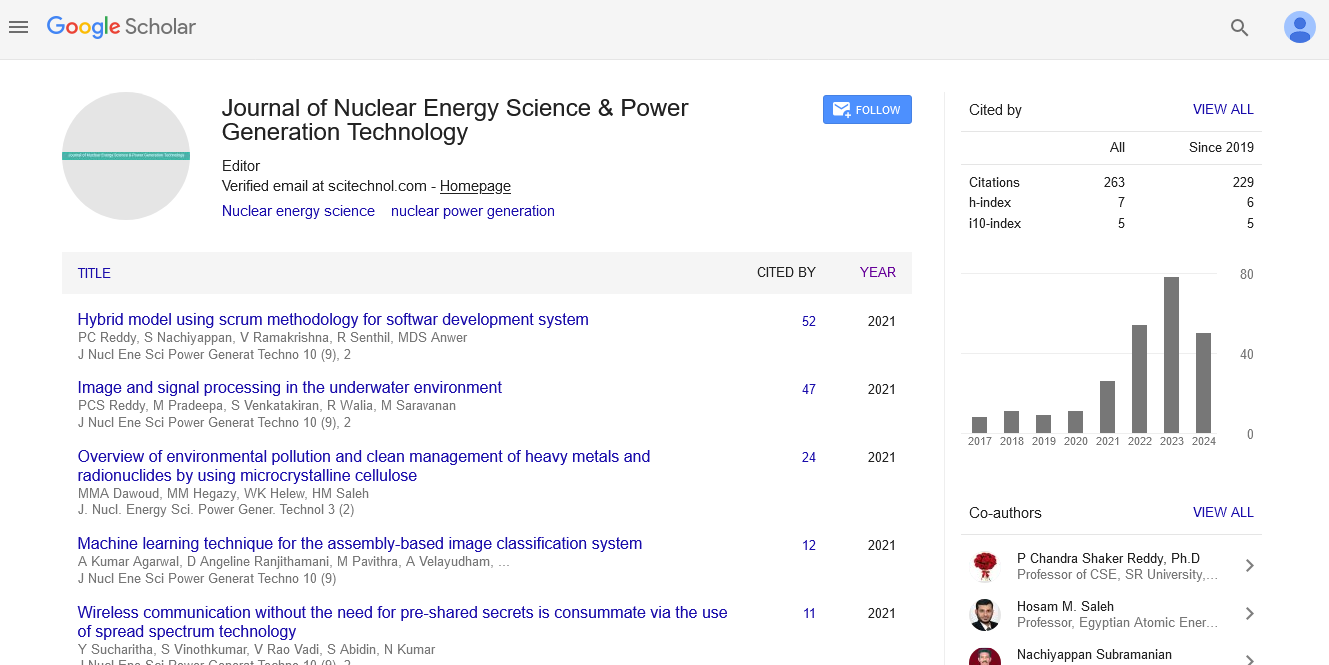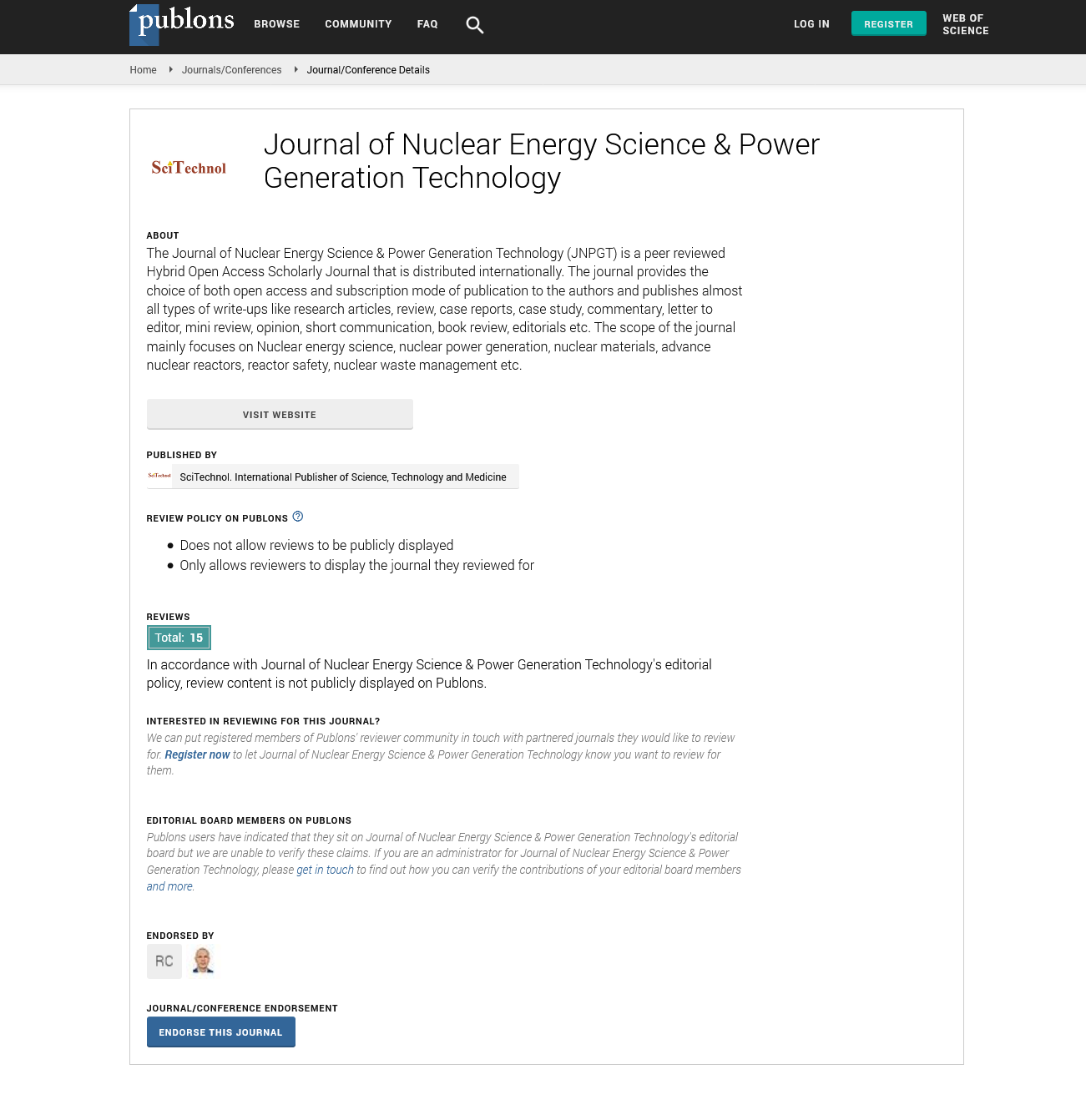New, concrete pathway to synthesize a room-temperature superconductor (RTS) for potential power applications in transmission and distribution lossless lines
Lev Mazov
IPM RAS, Branch of IAP RAS, Nizhny Novgorod, Russia
: J Nucl Ene Sci Power Generat Technol
Abstract
To minimize the energy losses in electrical power transmission and distribution lines, the intriguing problem is the use of superconducting materials. However, until 1986 their relatively low (liquid-helium) critical temperature Tc and upper critical magnetic field Hc2 were parameters restricting their power application to be massive. High-Tc (liquid-nitrogen) superconductors (HTS) discovered had led to essential progress in creating of power equipment such as: power cables, transformers, storage, fault current limiters etc. Note that HTS cables were able to provide much greater power transfer than conventional (copper) ones. However, seeming possibility rise Tc to room temperature appears to be problematic since superconducting mechanism of HTS is considered as unresolved problem up to now. In the present work, it is demonstrated that there are two issues of high-Tc in both copper- and iron-based superconductors– gradual rise due to formation of SDW/ CDW stripe nanostructure in conducting layers of these compounds and crucial ones associated with mobile CT-excitons in this planar structure. The picture obtained is consistent with model of normal-state phase transition metal-insulator (Keldysh- Kopaev, 1964) and exciton mechanism of HTS (Little-Ginzburg, 1964). In particular, this model allows us to account for the relatively low value of upper critical magnetic field and critical current density in high-Tc power cables and tapes as compared with computed limits. The model elaborated by us allows not only to give self-consistent and uniform description of behavior of copper- and iron-based HTS at the whole (H,T)-plane, but indicate a concrete route to room-temperature superconductivity (RTS) in similar layered compounds with higher Neel temperature and artificial structures.
Biography
E-mail: mazov@ipm.sci-nnov.ru
 Spanish
Spanish  Chinese
Chinese  Russian
Russian  German
German  French
French  Japanese
Japanese  Portuguese
Portuguese  Hindi
Hindi 

